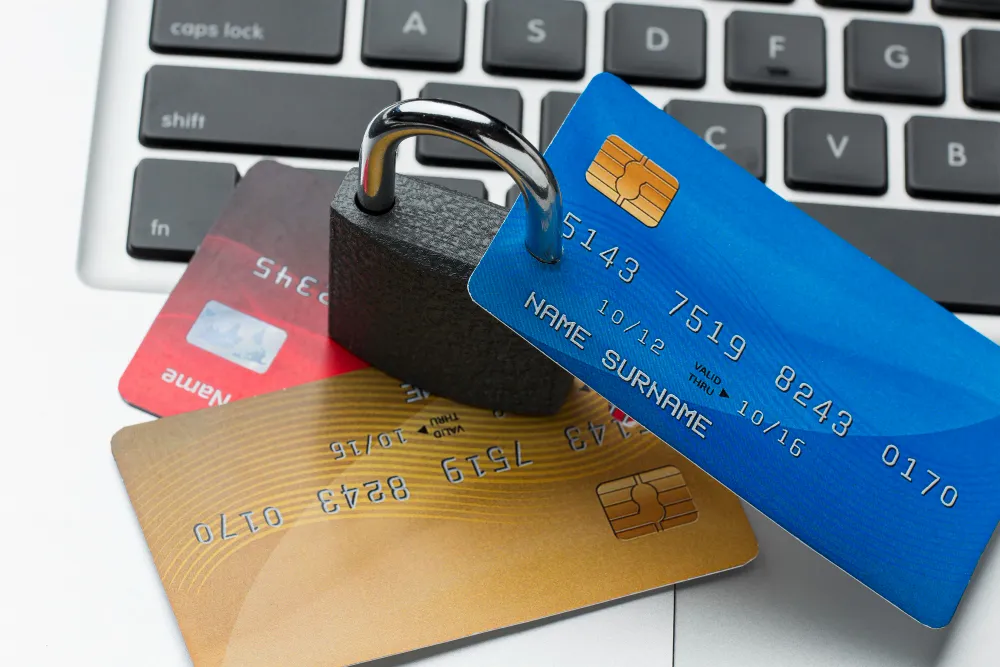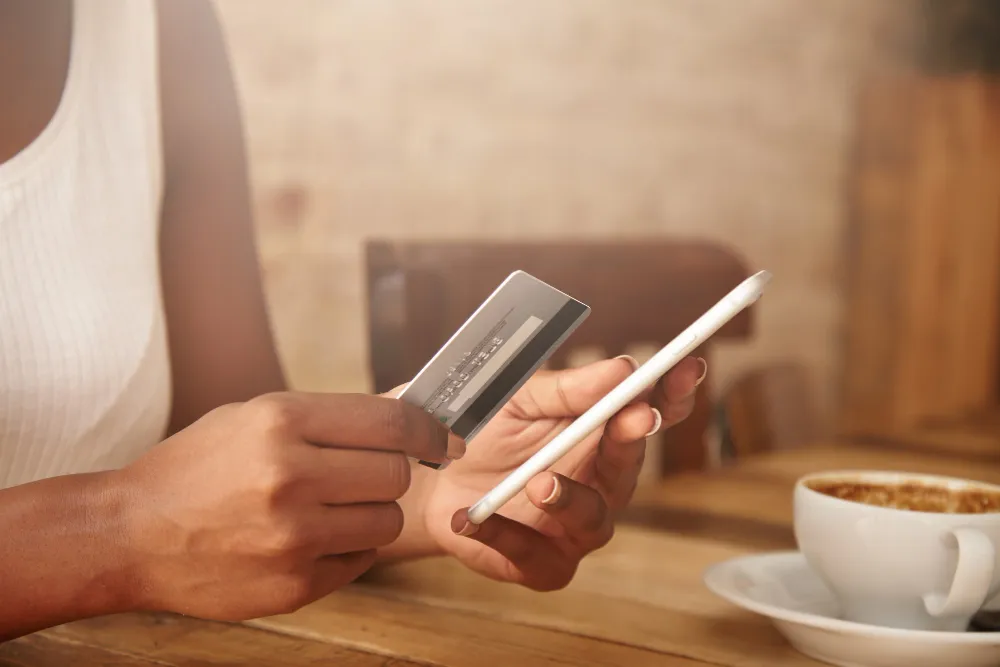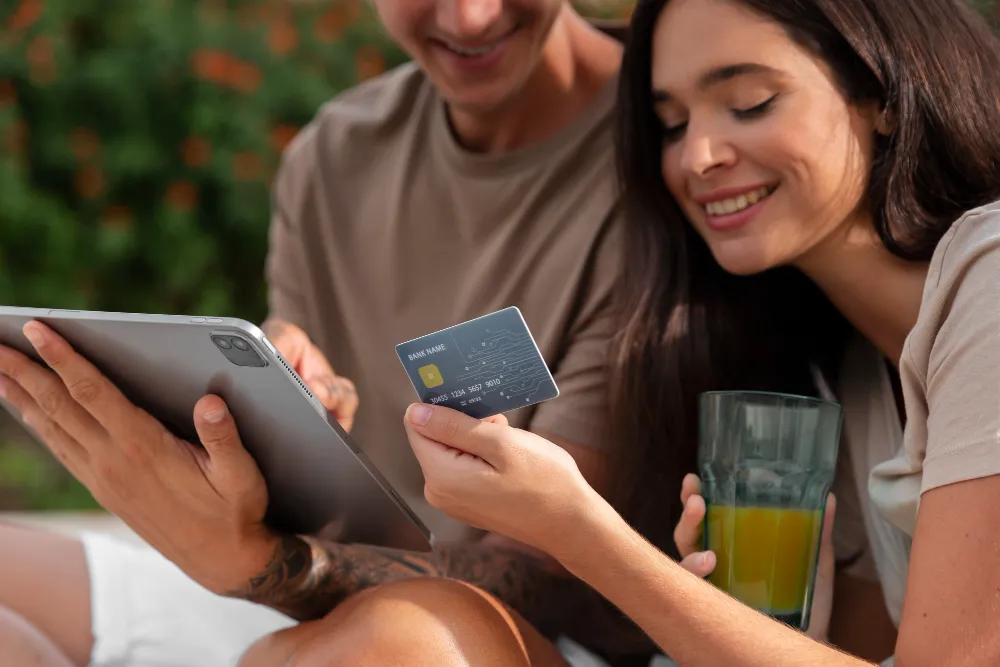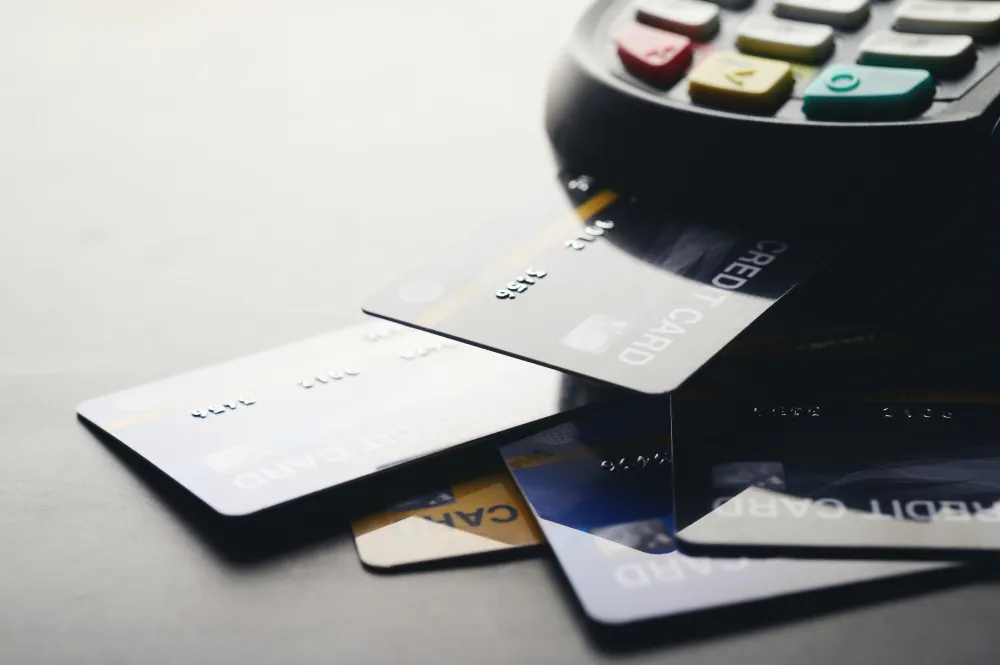Credit cards serve as convenient payment options, equipped with robust security measures. To steer clear of issues and safeguard your finances, it’s crucial to implement preventive strategies and adhere to top security protocols.

In this guide, we’ve compiled expert advice to assist you in protecting your credit card from fraud, theft, and misuse.
Utilize Virtual Cards for Online Shopping
Online shopping can be a hotspot for fraud. To protect yourself, consider using virtual cards, which are temporary versions of your actual card.
Leading card issuers provide this feature, enabling you to create a one-time number for each transaction. This way, if the information is compromised, the number can’t be reused.
Activate Transaction Notifications
Most banks and credit card companies let you set up instant alerts for each transaction made with your card.
You can opt to receive alerts via SMS, email, or through your banking app whenever a transaction occurs. This allows you to swiftly detect any suspicious activities and address them before they escalate.
Check Your Statements Regularly
Even with transaction alerts set, it’s vital to frequently review your statements. Fraudsters often attempt small unauthorized purchases, banking on the fact that they might be overlooked.
By keeping an eye on your transactions, you can challenge any discrepancies and avoid financial setbacks.
Stay Safe on Public Wi-Fi
Refrain from making online purchases or checking your bank account while on public Wi-Fi networks, such as those found in cafés, airports, or hotels.
These networks are susceptible to hacking attempts that could intercept your financial information.
If you need to access sensitive information while on a public network, use a VPN (Virtual Private Network) for encryption. Ideally, stick to your mobile data or a secure, private Wi-Fi connection.
Enable Two-Factor Authentication (2FA)
Whenever feasible, turn on two-factor authentication (2FA) to safeguard your banking and credit card applications.
This option provides an additional security level by requiring a second verification step, like a code sent via SMS or produced by an authentication app.
Opt for Digital Wallet Payments
<pPlatforms like Apple Pay, Google Pay, and Samsung Pay enhance security by substituting actual card numbers with encrypted tokens.This means that even if a retailer suffers a data breach, your actual card information remains protected.
Moreover, these digital wallets utilize biometric verification, such as fingerprint or facial recognition, to reduce the chance of unauthorized access.
Watch Out for Phishing Scams
Phishing is a frequent method that scammers use to steal credit card details.
These schemes often involve fraudulent emails or messages masquerading as banks or reputable companies, prompting you to click on dubious links and input your personal data.
To safeguard yourself, always confirm the sender’s identity and refrain from clicking on unfamiliar links. If uncertain, directly reach out to your financial institution.
Ensure Your Physical Card is Safe
While digital security is vital, it’s equally important to keep your physical credit card safe. Avoid leaving it in public areas and limit the number of cards you carry.
If your card is lost or you suspect it has been stolen, lock it immediately using your bank’s app or get in touch with the card issuer.
Steer Clear of Using Your Card on Untrustworthy Machines
Scammers frequently attach devices known as “skimmers” to ATMs and payment machines to capture your card details. Before inserting your card, examine the reader for any signs of tampering or looseness.
Whenever you can, choose contactless payments to reduce risks. In crowded areas or street markets, using cash might be safer and more practical.
Establish Spending Caps and Temporary Locks
Many credit card companies let you set daily spending limits or temporarily lock your card via their app.
This feature is particularly handy if you don’t often use your card or want added security against unauthorized charges.
Be Cautious of Offers That Seem Too Good
Always check a website’s legitimacy before making a purchase by looking for security seals and verifying the URL is correct.
Steer clear of entering payment info on unknown websites or those lacking HTTPS.
By following these expert suggestions, you can greatly lower the chances of fraud and enjoy a safer credit card experience.



